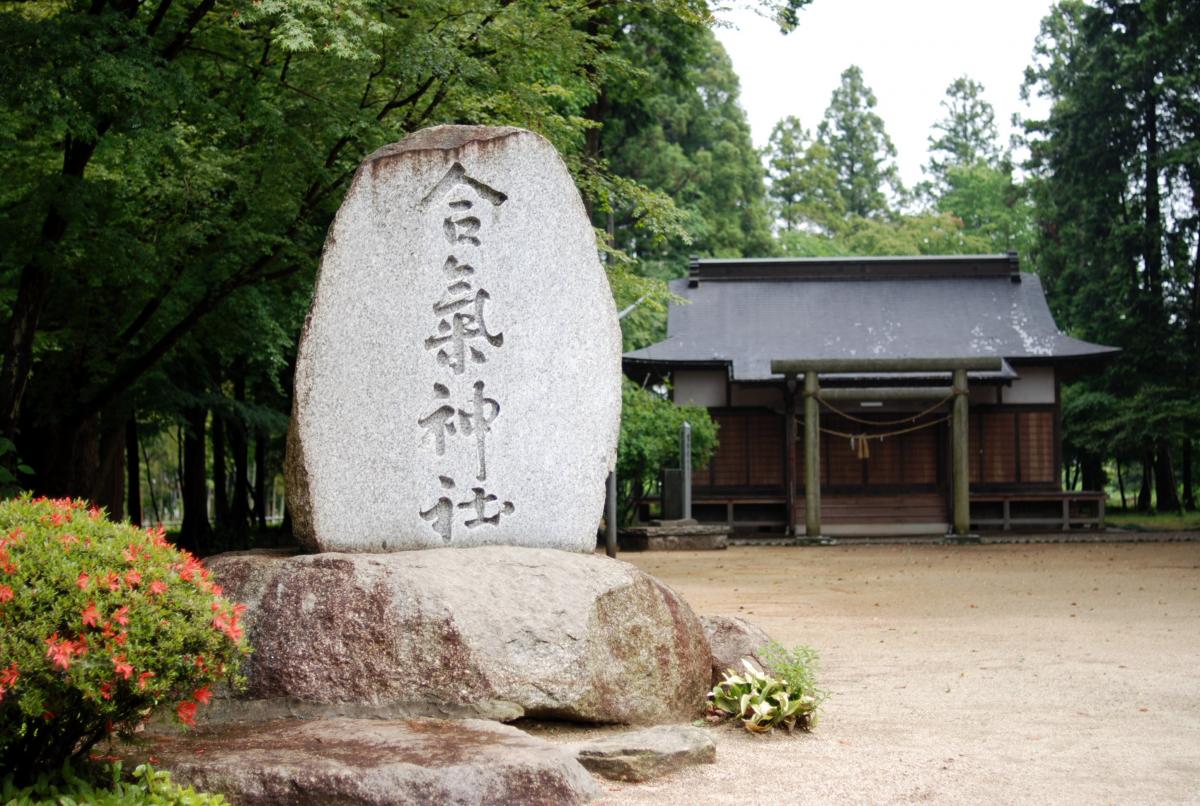Japanese is a very complex language and even though the classes are taught in English, in order to keep with the tradition we still use Japanese for basic instructions and techniques:
Aikido (eye-key-doe) compound from "ai" (harmony), "ki" (spirit), and "do" (Way): the Way of harmonious spirit.
Aikidoka (eye-key-doe-kah) one who practices aikido, to Aikidoist.
Bokken (bow-ken) wooden sword used in practice.
Bushido (boo-she-doe) warrior's code, the way of the warrior.
Dan (don) aikido grade holder, black belt rank.
Dojo (doe-joe) Training hall, place of the Way. So in Buddhism refers to the place of worship.
domo arigato gozaimashita (doe-moe ah-ree-gah-toe go-zah-ee-mash-tah) Spoken by students after aikido class to thank Sensei very much for what he has done.
Doshi (doe-she) comrade, friend (used among fellow aikido ists).
Gaeshi (guy-eh-she) to reverse.
Gi (ghee) Training clothing. (A synonym is Keikogi.)
Hakama (hock-kah-ma) a divided, pant, skirt-like: a formal garment that is worn by Japanese aikido dan grade holders.
Hanmi (hahn-me) a posture in which one foot is advanced one step and the body weight is distributed equally on both feet. triangular stance. literally means "half-body".
Hanmi handachi (hahn-me cock-dah-chee) a type of training in which management is kneeling and uke approaches from a standing position.
Hara (Har-ah) one's physical and spiritual center. physically, in the lower abdomen a few inches below the navel.
Hidari (he-dah-ree) the leftside.
Irimi (ee-ree-me) to enter, entering.
Jiyu (gee-you) free, unrestricted.
Jiyu Waza (gee-you wah-zah) freestyle techniques / practices.
Jo (Joe) wooden staff.
Kaiten (kai-th) to revolve or rotate.
Kata (kah-tah) First shoulder, 2nd form, a pre-arranged exercise.
Katate (kah-tah-tay) one hand (left or right).
Keiko (kay-koh) practice session, training.
Keikogi (ghee) Training clothing. (A synonym is gi)
Ken (ken) Japanese sword.
Ki (key) Spirit: the vital force of the body, universal energy, a stream or flow of positive energy.
Kiai (key-eye) a piercing scream or cry with practical and psychological value; literally "meeting of the spirits".
Kohai (co-high) student junior to oneself, someone with a lower rank or who attained the same rank at a later date. (See sempai)
Kokyu (coke-you) Breath power, the coordination of ki flow with breathing.
Kokyu Dosa (coke-you-doe saw) A method of off-balancing and pinning your partner with ki instead of physical power.
Kokyu-Ryoku (coke-you-oh-ree Kyoo) breath power.
Koshi (ko-she) hips, waist. (So sometimes spelled "goshi")
Kubi (coo-bee) neck.
Kyu (cue) the aikido ranks held by undergraduates, prior to attainment of dan ranking.
Ma-ai (ma-eye) distance between uke and nage. literally, "harmony of space".
Migi (mih-ghee) the right side.
Nage (nah-gay) a throw or the person who throws.
Obi (oh-bee) belt.
Randori (ran-door-ri) Multiple attack.
Rei (ray) salutation, bow.
Ryote (ree-oh-tay) both hands.
Samurai (sam-oh-rye) military retainer (from the feudal period of Japanese history).
Sempai (sem-pie) student senior to oneself, someone with a higher rank or who attained the same rank at an earlier date. (See kohai)
Sensei (sen-say) teacher, instructor; rally generated a title earned at 4th dan.
Seiza (say-zah) formal sitting posture in which the Insteps shins and rest against the floor.
Shiho (she-ho) four directions. Shimi (she-me) choke.
Shodan (show-don) holder of the first grade of black belt.
Shomen (show-men) First the front or top of the head, 2nd the front of the dojo, where the Kamiza is.
Suburi (suh-boor-ee) a single movement using the ken or jo, done as a solo practice.
Suwari Waza (sue-ree-wah wah-zah) seated techniques.
Tachi (tah-chee) First Japanese sword, 2nd standing (as opposed to sitting).
Tachi Waza (tah-chee wah-zah) standing techniques.
Tachi-Dori (chee tah-doh-ree) techniques of taking an opponent's sword.
Taijutsu (tie-jute-sue) body arts, the techniques of aikido performed without weapons.
Tai No Henko (tie-no-ko-hen) basic blending practice, literally "changing the body".
Tanto (tahn-toe) dagger. Te (tay) hand. Tegatana (tay-gah-tah-nah) hand blade, sword edge of the hand.
Tenchi (ten-chee) compound from "th" (heaven) and "chi" (earth), a position of the hands: one high and one low.
Tsuki (tski) thrust.
Uchi (ooh-chee) a strike.
Uke (ooh-kay) Who Receives a person to attack, generally speaking, the person being thrown.
Ukemi (ooh-kem-me) the art of receiving the energy of a technique, literally, "receive with the body".
Ushiro (ooh-she-row) back, behind, rear.
Waza (wah-zah) technique (s). Yame (ya-may) stop (as a command). said by instructor to end formally randori.
Yokomen (yoh-koh-men) side of the head.


